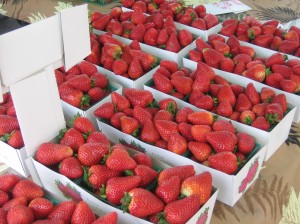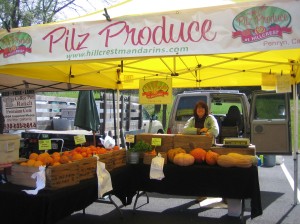Several conversations (and many of my own activities) over the last several months have been rattling around in my head. These conversations and actions have to do with the difference between relying on living, breathing systems (like grazing sheep, herding dogs and draft animals) versus relying on machines (like mowers and tractors). While some might argue that there is an art to driving a car or a tractor, I'm realizing that real art (at least in terms of my own life and livelihood) involves my ability to interact with and use living systems.
Let me explain a bit further. I use grazing animals (mostly sheep) to help landowners achieve their vegetation management and ecological goals. I use herding dogs and guardian animals to help manage my livestock. When I get a chance, I use a draft animal to cultivate my garden. The common thread in each of these endeavors is my need to communicate with other creatures - creatures with languages that I do not fully understand. Unlike machines, these creatures respond to my efforts to communicate with a combination of instinct and understanding. Our efforts to talk to one another are imperfect, at best.
At the end of last week, I had the opportunity to attend the Small Farmer's Journal auction in Madras, Oregon. I've long been a reader of the Journal - it's an outstanding collection of instruction and commentary on the type of farming and ranching that our family does. This is the sixth year I've been able to attend the auction. This year, for the first time, I was able to sit in on the "Teamsters Roundtable" - a panel discussion about using horses (and mules) in harness for farming and logging.
Someone in the audience asked the panel - all long-time teamsters - to describe the feeling of "perfect tension" on the lines when they are driving horses. John Erskine, a farmer from Washington, said (and I'm paraphrasing) that it is a lifetime's work to understand what the lines should feel like. "How softly can you touch your nose before you can't feel it," he asked, "that's the perfect softness." John doesn't look like a Zen master, but looks are deceiving!
While I don't work my own mule as much as John works his horses, I immediately saw a parallel in my work with my border collies. Unlike a machine, which can be operated with some skill once you've read the manual, working a border collie is a lifetime education. I've finally realized that I'll ALWAYS be striving to communicate more effectively with my dogs - I will be learning for the rest of my years here.
Some dogs will work for just one person (and some horses, I imagine). By the same token, some people can work any dog (I realize that this contradicts my first sentence, but bear with me). What is it about some dog handlers (and some teamsters) that can command the respect of any dog (or any horse)? I've asked this question of my friend Ellen Skillings (an accomplished border collie trainer and breeder) and I asked it of John Erskine. Their answers varied slightly, but I think they were really saying the same thing. Ellen believes that it is an element of honesty on one's communication with a dog that they can sense immediately. This honesty instills trust, about which dogs have more intuition than many humans. John believes that it comes from a sense of being centered and present in the moment - the ability to come our own emotions and thoughts is calming to our horses (or our dogs).
As I think about these ideas, I realize that this sense of honesty and centeredness is something towards which I'll always be striving - it is indeed a lifetime's work, as John said more eloquently than I. The journey is a large part of the appeal to me - the journey makes working with living systems as much of an art as a science (maybe more). I will probably never reach the final destination. As Wendell Berry says in
Jayber Crow (paraphrasing again), it may take a lifetime - it may take more than a lifetime!








